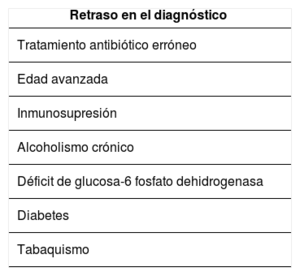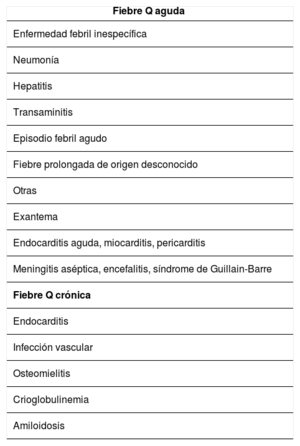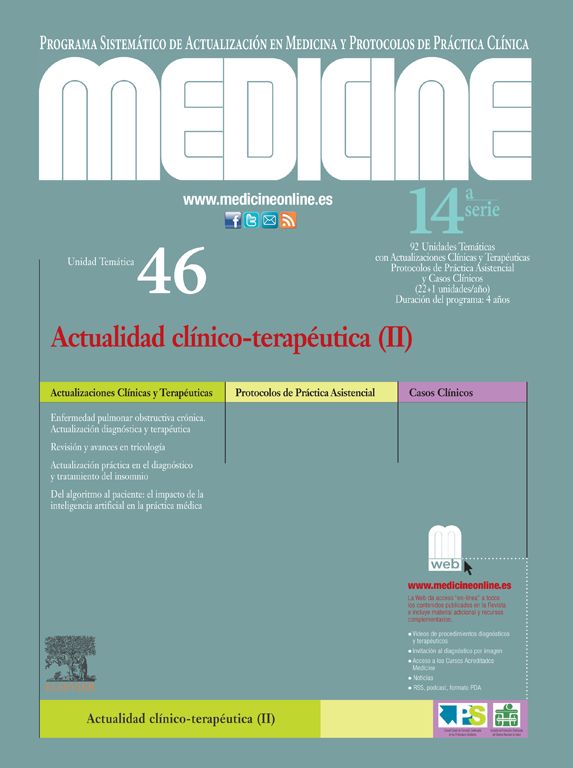Bacterial infections with skin lesions and fever. Rickettsial infections
Rickettsial infections have great impact worldwide due to their high prevalence and morbidity. Diseases other than the traditional are emerging in our environment, with which we as doctors must familiarise ourselves. Rickettsiae are gram-negative, obligate intracellular bacteria. They are transmitted by vector arthropods such as ticks, fleas or lice, and infect domestic animals such as dogs, cats and rabbits. They produce similar initial characteristic clinical symptoms with fever, headache and arthromyalgia. Diagnosis is by serology, which requires a high level of suspicion after typical findings and an appropriate epidemiological environment, and empirical antibiotic treatment should be started. Doxicycline is the standard drug. Q fever transmitted by Coxiella burnetti is also prevalent in our environment. It can manifest acutely with fever, pneumonia or hepatitis. Better knowledge of the biology of the bacteria will enable a better understanding of the course of the disease and the management of persistent infection and chronic endocarditis.
Keywords
Palabras clave
Las rickettsiosis son enfermedades con un gran impacto a nivel mundial debido a su elevada prevalencia y morbilidad. En nuestro medio, además de las enfermedades clásicas, están apareciendo otras enfermedades emergentes con las que los médicos generalistas debemos familiarizarnos. Las rickettsias son bacterias Gram negativas, intracelulares obligadas. Se transmiten por artrópodos vectores como garrapata, pulgas o piojos e infectan a animales domésticos como perros, gatos o conejos. Producen un cuadro clínico inicial similar y característico con fiebre, cefalea y artromialgia. El diagnóstico se realiza por serología, lo que obliga a tener un alto índice de sospecha ante hallazgos típicos y un entorno epidemiológico adecuado, e iniciar el tratamiento antibiótico de forma empírica. Doxiciclina es el fármaco de elección. La fiebre Q, transmitida por Coxiella burnetti, también es prevalente en nuestro medio. Puede manifestarse de forma aguda con fiebre o neumonía o hepatitis. El mayor conocimiento de la biología del germen permite comprender mejor la patocronia y el manejo de la infección persistente y de la endocarditis crónica.
Identifíquese
¿Aún no es suscriptor de la revista?
Comprar el acceso al artículo
Comprando el artículo el pdf del mismo podrá ser descargado
Teléfono para incidencias
De lunes a viernes de 9h a 18h (GMT+1) excepto los meses de julio y agosto que será de 9 a 15h






